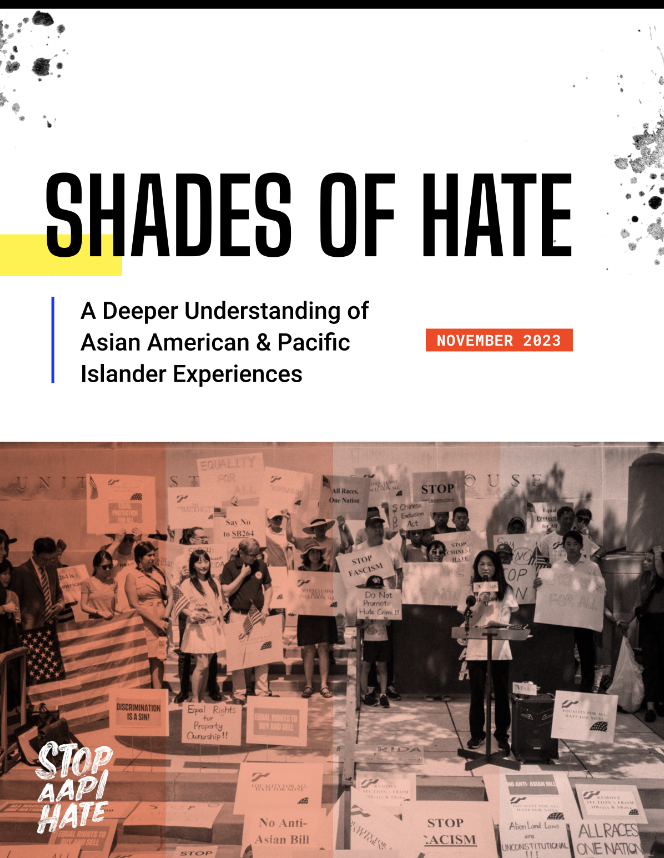
Our new report offers an inside look at how we code and categorize hate.
Shades of Hate: A Deeper Understanding of Asian American & Pacific Islander Experiences outlines our newly updated data classification system, which we use to process and categorize each and every act of hate that is reported to us — from verbal harassment and physical attacks to civil rights violations, societal hate acts, and beyond.
Download Resources
About
Since the beginning of 2020, thousands of people from across the country have reported their experiences with racism and discrimination to Stop AAPI Hate’s reporting center, giving us the data and insights necessary to paint a vivid picture of the hate AAPI communities face. We process and categorize each and every act of hate that is reported to us in order to pinpoint patterns concerning where hate takes place; who is involved; and how it is experienced by our communities.
For example, by adding a new category for “societal hate acts,” we can more closely track anti-Asian political rhetoric and examine how it may be fueling interpersonal hate acts amongst individuals. And by tracking offenders of “institutional discrimination” (government, business, education, etc) on a more granular level, we’re able to assess how anti-Asian or anti-PI discrimination shows up in each institution and advocate for informed, targeted solutions to bolster specific civil rights protections.
This upgraded approach to our data collection and analysis is an innovative effort in the realm of AAPI-centered research. Up until recently, research on anti-AAPI hate has been very siloed and largely focused on either hate crimes or microaggressions. We’re now able to provide a more comprehensive picture of hate by weaving together what we know about hate crimes, microaggressions, civil rights violations, and systemic racism — all in one place.
Key Insights
Our new hate acts classification system highlights the many different types of racism and discrimination that Asian American and Pacific Islander communities experience. Key insights include:
- Hate is not only confined to interpersonal interactions but exists and is bred within a larger environment of societal hate.
- Hate is not just explicit, but also coded and hidden. Although it can be harder to detect, non-explicit hate is potentially more pervasive and just as harmful.
- Offenders are not just individuals but also institutions and institutional representatives. Institutional hate calls for different solutions, such as civil rights remedies.




